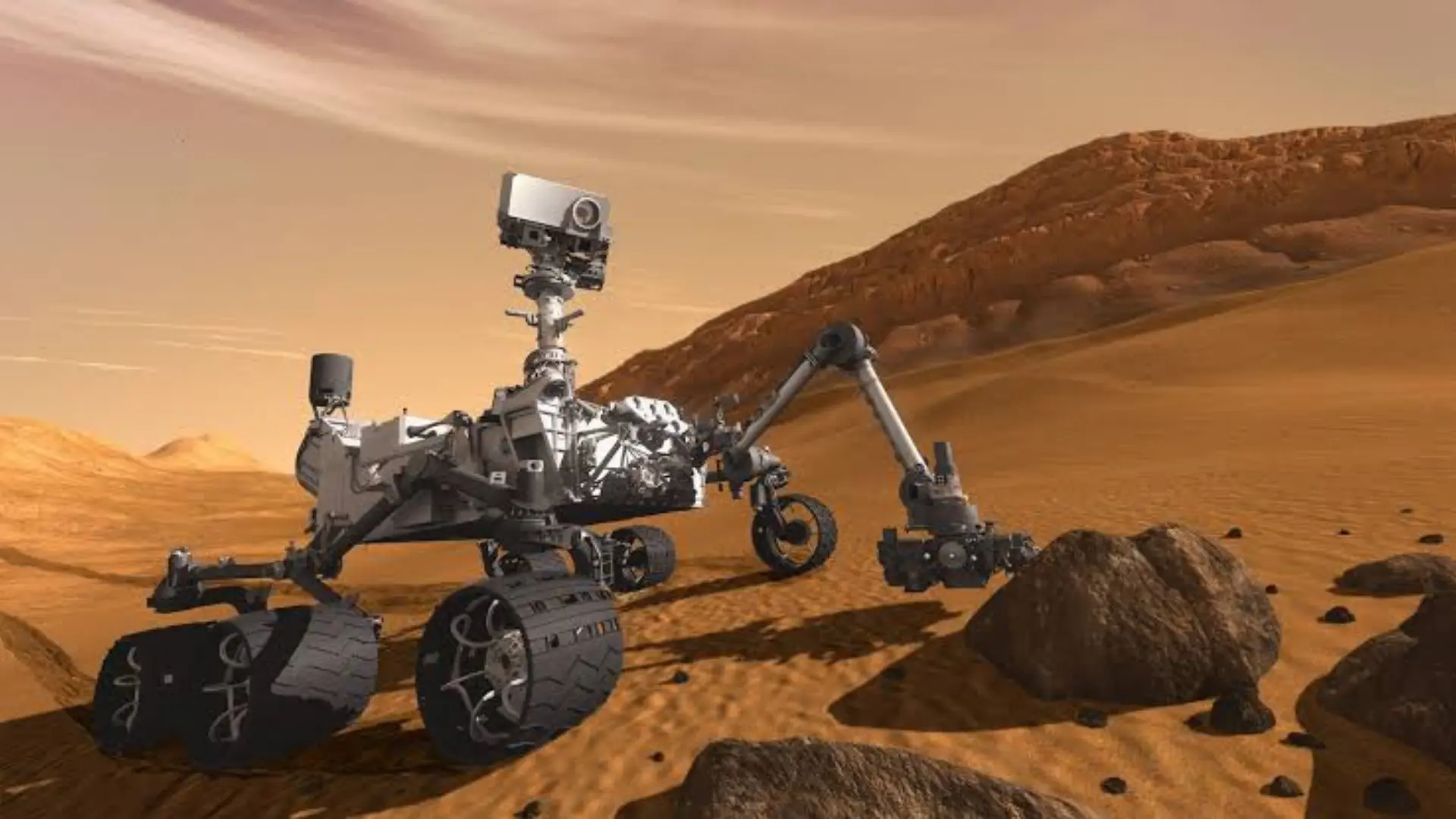Mars never fails to amaze humankind! Well, is life there still remains a question, NASA’s Curiosity rover has found some extraordinary rocks while operating on the slopes of Mount Sharp on Mars.
In the Gediz Vallis channel, the ‘curiosity’ rover “out of curiosity” discovered rare sulfur stones which provided new information about what was planet’s early environment and its conditions transition from a more wet to a very dry climate.
Curiosity took its last pictures of these beautiful white sulfur stones on October 11 before departing the place. The detection, called a “fascinating mystery” by Ashwin Vasavada, the project scientist at NASA’s Jet Propulsion Laboratory, is the first pure sulfur detection made by the rover. But when these stones were crushed under its wheels, unexpected yellow crystals appeared that even previous missions and imaging made by the Mars Reconnaissance Orbiter could not detect.
Unlike Earth, where sulfur is linked to volcanic activity or geothermal systems, such features are not found in the Gediz Vallis region. Researchers are currently analyzing the data to solve the mystery of how such deposits were formed.
Clues About Mars’ Climate History
The exploration of Gediz Vallis by Curiosity has helped scientists understand the climatic evolution of Mars. Geological features, such as the Pinnacle Ridge mound, show that the channel was shaped by rivers, wet debris flows, and dry avalanches. These findings help researchers to develop a sequence for how Mars transformed from a habitat to the harsh, arid planet it is now.
New Mission: The Boxwork Formation
After completing its exploration around Gediz Vallis, Curiosity is now driving toward a fresh target called the “boxwork.” This peculiar structure is 20-kilometer-long ridges of minerals from a kind of spiderweb. Through these ridges, minerals were deposited when evaporating water dried in fractures. Such features might point the way for understanding the earth’s ancient past conditions that may have supported microbial life.
Curiosity’s Legacy of Discovery
Since touching down on Mars in 2012, the Curiosity rover has traveled more than 33 kilometers and unveiled crucial information regarding its geological past, in addition to its capability to sustain life. Every new discovery – be it the sulfur stones or the boxwork formation – deepens human insight into Mars and its ancient history.
ALSO READ: Can NASA’s Europa Clipper Uncover The Secrets Of Life On Jupiter’s Moon? Find Out Here!


















